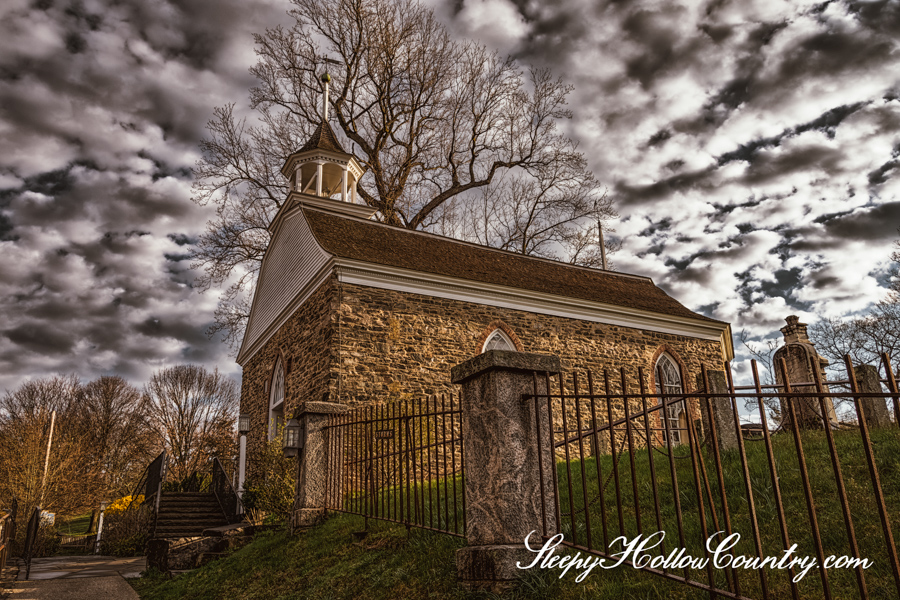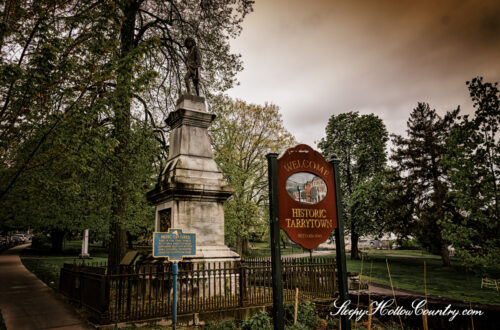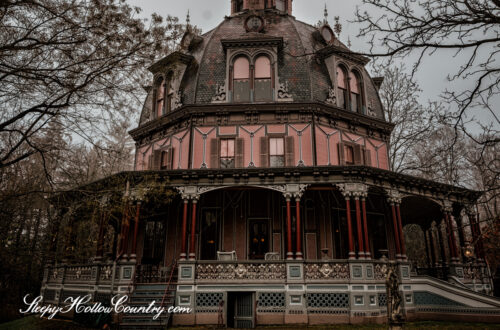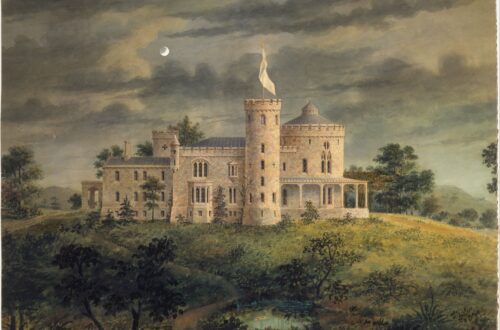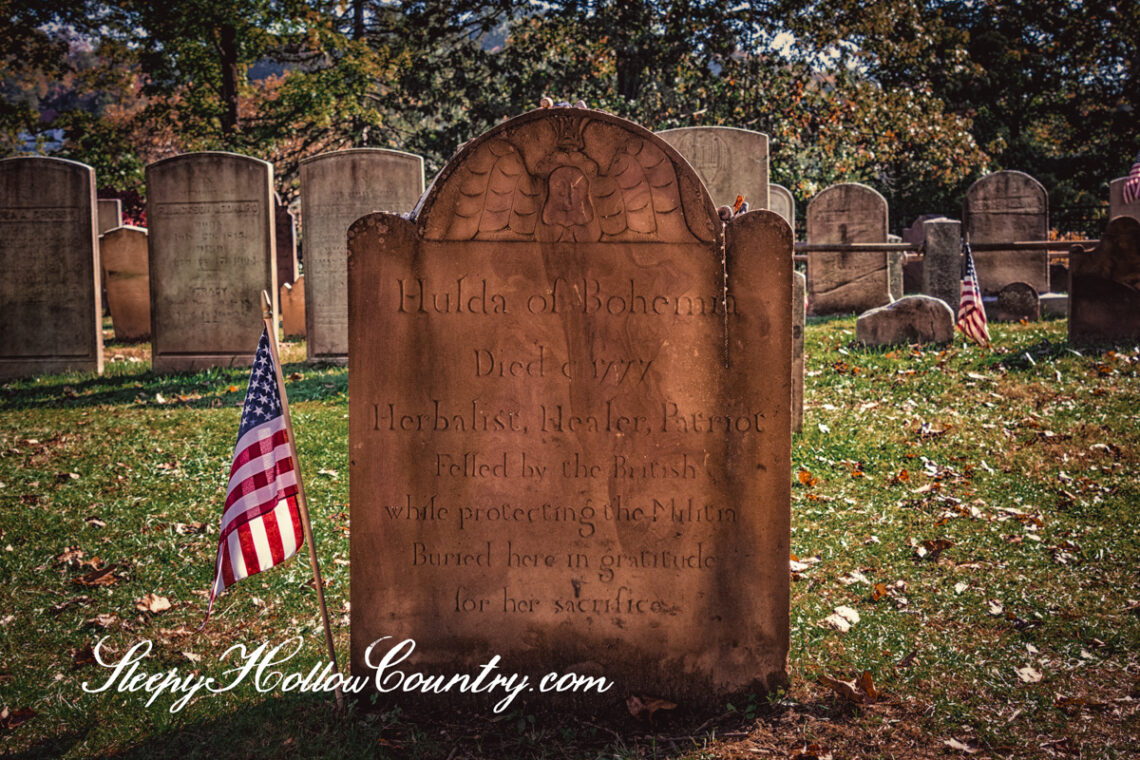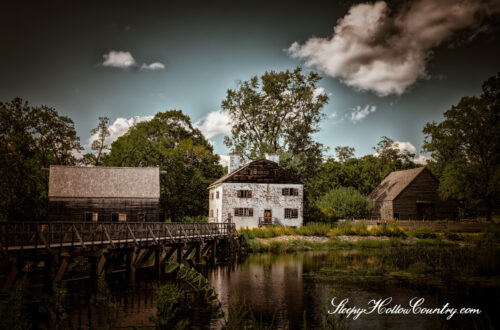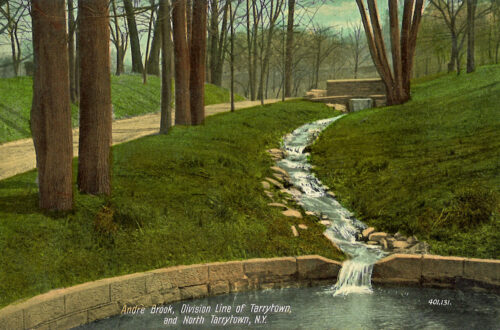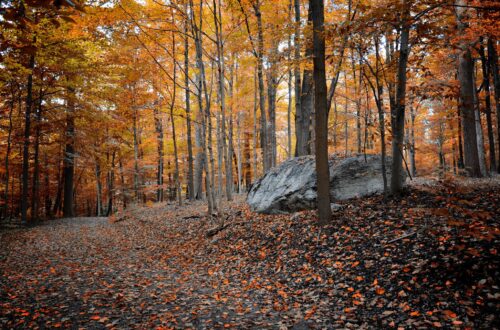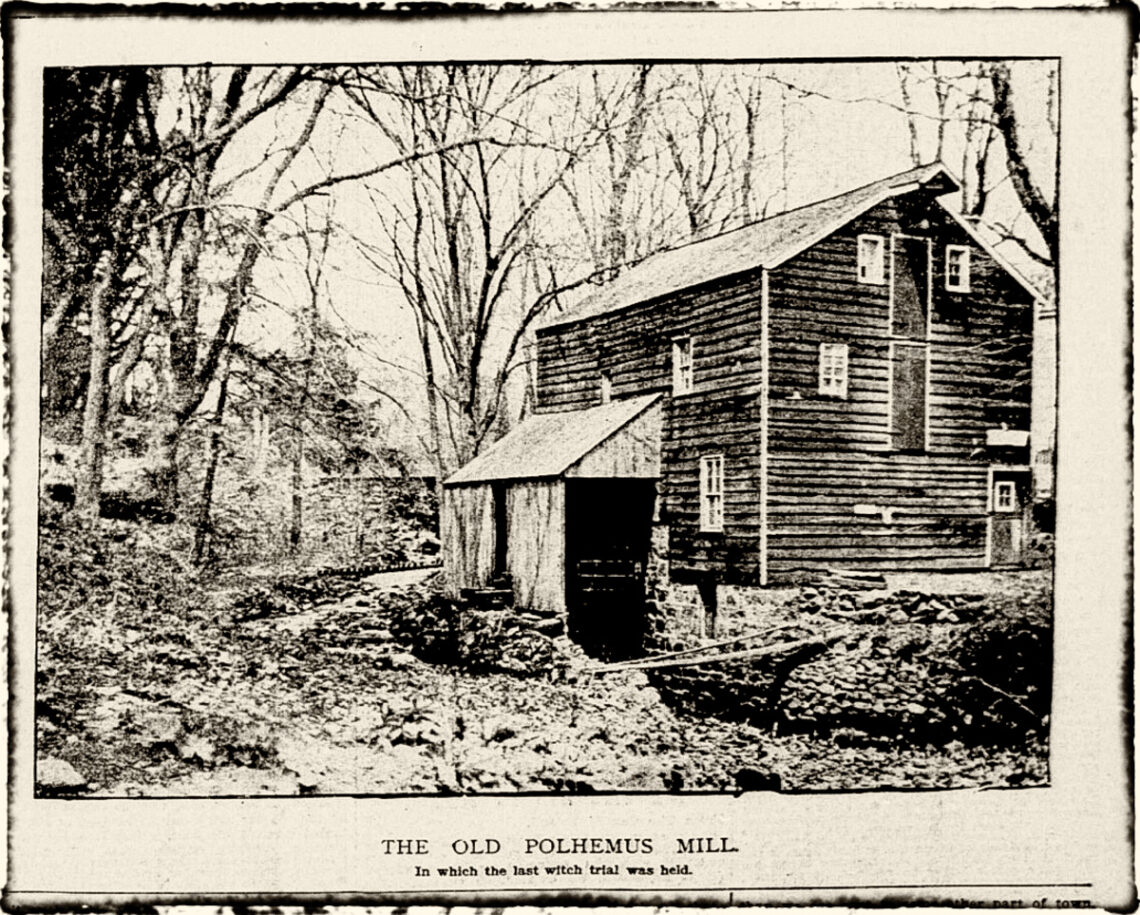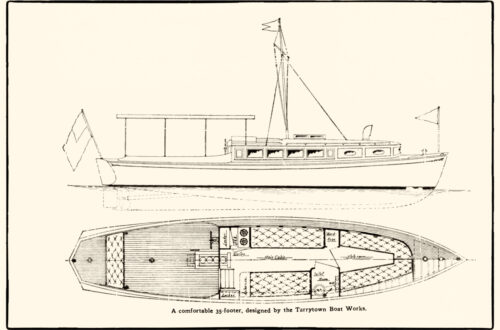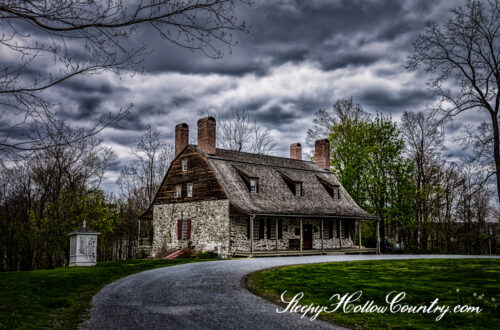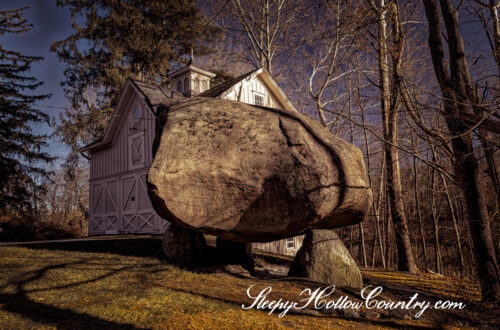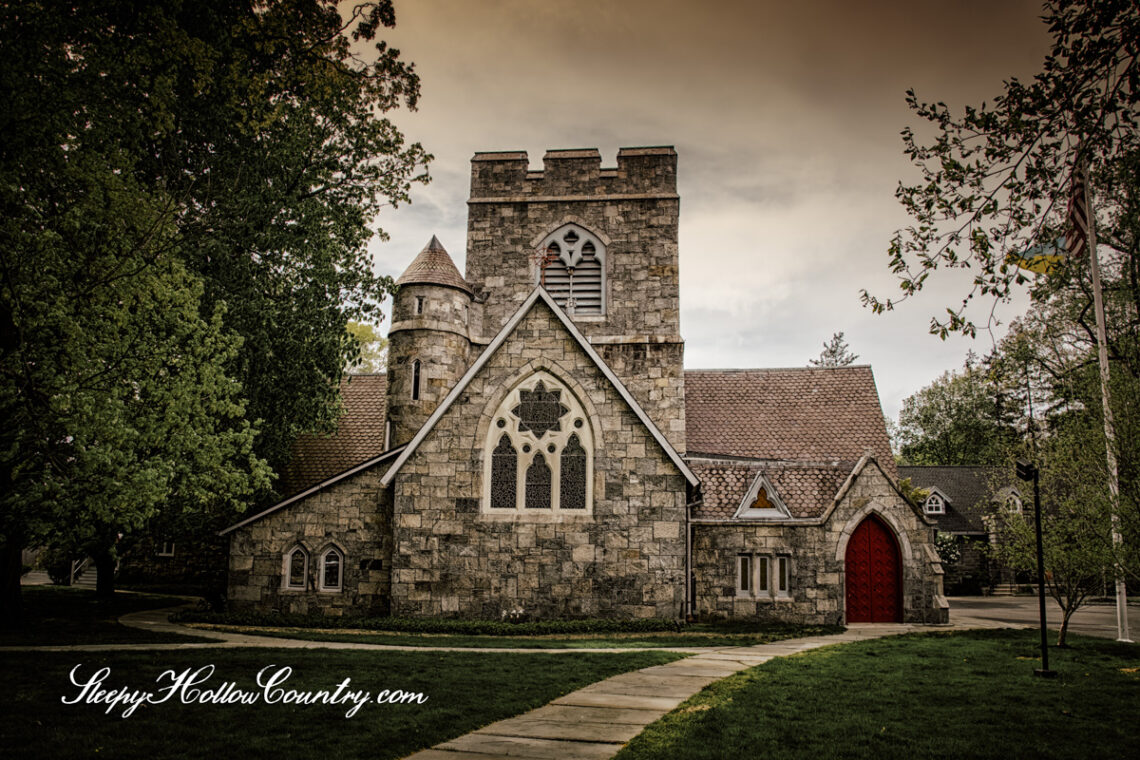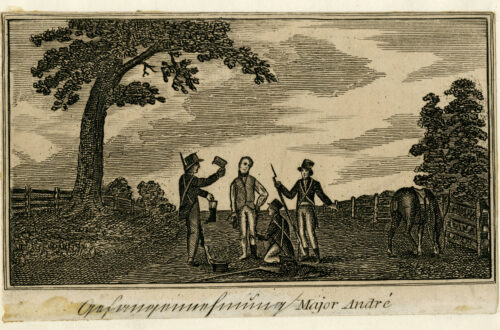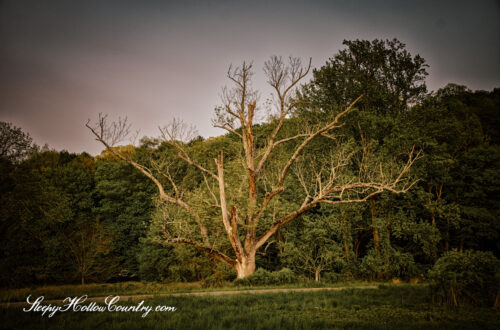churches
This collection of articles, stories and legends relate to Sleepy Hollow Country’s historic churches.
-
The Old Dutch Church of Sleepy Hollow
Situated in the village of Sleepy Hollow, New York, the Old Dutch Church stands as a landmark of significant historical and cultural importance. As one of the oldest churches in the state, its timeworn stone walls and enduring architectural design have borne witness to centuries of change. Beyond its historical relevance, the church holds a unique place in American folklore as the very church and churchyard featured in Washington Irving’s renowned short story, “The Legend of Sleepy Hollow.” This connection has solidified its status as both a historical monument and a symbol of the region’s rich narrative heritage. Early History of the Old Dutch Church of Sleepy Hollow The precise age of…
-
Hulda the Witch of Sleepy Hollow
“. . . in the days of our nation’s birth-throes he was a brave man who passed the cottage of the witch, even in the daytime. A hundred years ago the people took witches seriously.” –Chronicles of Tarrytown and Sleepy Hollow Hulda, the witch of Sleepy Hollow, has pulled off quite the magical makeover over the past decade, morphing from a barely-there fictional figure into a full-fledged local legend, complete with her very own headstone at the Old Dutch Church. Originally, Hulda’s tale was a mere seven-paragraph whisper in Edgar Mayhew Bacon’s 1897 book, Chronicles of Tarrytown and Sleepy Hollow, nestled comfortably in the “Myths and Legends” section. Bacon suggests…
-
The Witch of West Nyack
“This neighborhood has the doubtful honor of having been the scene of the last trial for witchcraft held in New York State, possibly the last among a so-called civilized people.” -The History of Rockland County, by Frank Bertangue Green Think of witches and Salem, Massachusetts comes to mind. But Sleepy Hollow Country has its own including Hulda the Witch of Sleepy Hollow and Jane Kanniff, the alleged witch of West Nyack. In the hamlet of West Nyack, six miles from Sleepy Hollow as the raven flies, is a historic marker at the site of the last witch trial in New York State. Some versions of her story use the name…
-
Ghosts of St. Barnabas Church
“Most longtime parishioners at Irvington’s Church of St. Barnabas cheerfully accept the idea that there are ghosts that haunt the venerable Episcopal Church and its Rectory.” –The Hudson Independent, October 2, 2011. St. Barnabas Church in Irvington, New York, an Episcopal congregation, traces its history to the mid-1850s when The Reverend John McVickar purchased a 30-acre property north of Main Street for a summer residence. This was in part due to his friendship with author Washington Irving whose own home, Sunnyside, was less than a mile away. Around 1852 McVickar set about improving his property and the spiritual well-being of the community by launching the construction of a chapel and…
